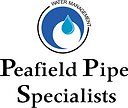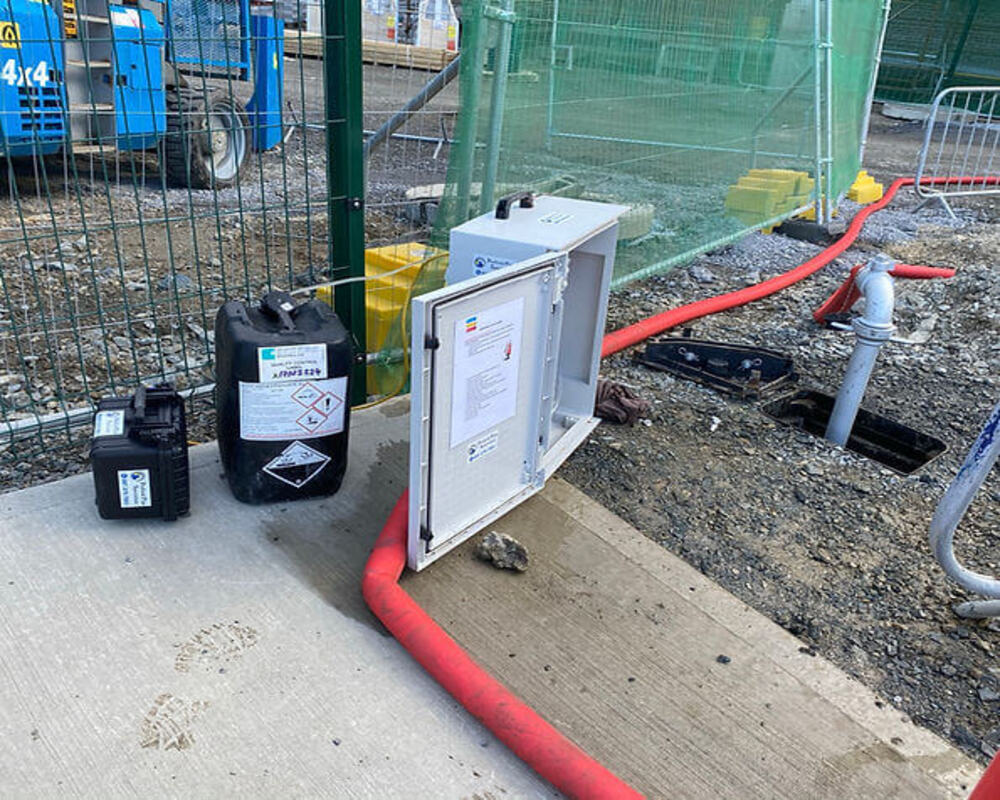Pressure testing is a critical process that ensures equipment safety and integrity in various industries. The process involves testing equipment or systems to determine their ability to withstand and maintain a specified pressure level over a particular period. The need for pressure testing is becoming increasingly essential as the industries that require it grow. In this article, we will discuss why we need pressure testing, the process of pressure testing, industries that require pressure testing, and the challenges and limitations associated with it.
What is Pressure Testing?
Pressure testing is a process that determines the integrity and safety of a system or equipment by subjecting it to a specified pressure. The testing can be conducted using two methods: hydrostatic pressure testing and pneumatic pressure testing.
Hydrostatic pressure testing involves filling a system or equipment with water and pressurizing it to a specified pressure level, and then holding the pressure for a specified period. On the other hand, pneumatic pressure testing involves pressurizing a system or equipment with air or gas and holding the pressure for a specified period.
Importance of Pressure Testing
The primary purpose of pressure testing is to ensure the safety and integrity of equipment and systems that operate under high pressure. Pressure testing is essential in various industries as it helps to:
Ensure Safety in Industries
Safety is a significant concern in industries that operate under high pressure. Pressure testing helps to identify potential leaks, weaknesses, and failures that could lead to catastrophic accidents. A failure in equipment that operates under high pressure can result in significant damage, loss of life, and environmental damage.
Ensure Equipment Integrity
Pressure testing helps to identify equipment or system weaknesses that may cause a failure. It helps to detect defects such as cracks, leaks, and corrosion that may affect the equipment’s integrity. Early detection of these defects can help prevent costly repairs and downtime.
Avoid Downtime and Costly Repairs
Pressure testing helps to detect potential equipment failures before they occur. Early detection of defects enables corrective measures to be taken before the equipment fails, resulting in costly repairs and downtime.
Compliance with Regulations and Standards
Many industries are required by law to carry out pressure testing to comply with regulations and standards. For instance, the oil and gas industry must comply with regulations set by the American Petroleum Institute (API) that requires pressure testing of all equipment and systems.
The Process of Pressure Testing
Pressure testing involves a series of steps that must be followed to ensure the accuracy and safety of the test.
Preparation for Pressure Testing
Before pressure testing, the equipment must be thoroughly inspected for any defects or weaknesses. Any defects detected must be corrected before testing to ensure that the test results are accurate. The testing equipment must also be inspected to ensure that it is in good condition and calibrated correctly.
Conducting the Pressure Test
The equipment is filled with water or pressurized with air or gas to a specified pressure level and held for a specified period. The pressure is then released, and the equipment is inspected for any leaks or deformities.
Evaluation of Test Results
The test results are evaluated to determine the integrity of the equipment or system. If any leaks or deformities are detected, corrective measures must be taken before the equipment is put back into operation.
Record Keeping
All pressure testing activities must be documented, including the test results, equipment used, and any corrective measures taken. The records must be kept for future reference and to comply with regulations and standards.
Industries That Require Pressure Testing
Pressure testing is essential in various industries that operate under high pressure. The following are some of the industries that require pressure testing:
Oil and Gas Industry
The oil and gas industry is one of the industries that require pressure testing. The industry must comply with API regulations that require pressure testing of all equipment and systems
Aerospace Industry
The aerospace industry also requires pressure testing, especially for aircraft fuel systems, hydraulic systems, and air conditioning systems. These systems must operate under high pressure and must be tested to ensure safety and reliability.
Chemical and Petrochemical Industry
The chemical and petrochemical industry also requires pressure testing to ensure the safety of the equipment and systems used in the production process. The industry involves the use of highly reactive and hazardous materials that must be handled with extreme caution.
Pharmaceutical Industry
The pharmaceutical industry also requires pressure testing, especially in the manufacturing of drugs and medicines. The industry involves the use of high-pressure vessels and equipment used in the production of pharmaceuticals.
Challenges and Limitations of Pressure Testing
Although pressure testing is essential in ensuring equipment safety and integrity, there are some challenges and limitations associated with it.
Testing in Extreme Conditions
Testing equipment in extreme conditions can be challenging, especially when testing equipment used in deep-sea or sub-zero environments. The equipment must be designed to withstand the extreme conditions and must be tested accordingly.
Limitations of Pressure Testing
Pressure testing has limitations in detecting defects such as stress corrosion cracking, which can lead to sudden equipment failure. Also, pressure testing can only detect defects that are visible on the surface of the equipment, and not those that may be hidden.
Addressing Limitations
To address the limitations associated with pressure testing, industries must employ other testing methods, such as non-destructive testing (NDT), to detect defects that may be invisible to the naked eye. Also, equipment manufacturers must design equipment that can withstand extreme conditions and prevent sudden equipment failures.
Conclusion
Pressure testing is a critical process that ensures equipment safety and integrity in various industries. The need for pressure testing has become increasingly essential as industries that require it grow. The process involves testing equipment or systems to determine their ability to withstand and maintain a specified pressure level over a particular period. Pressure testing is crucial in ensuring safety in industries, equipment integrity, avoiding downtime and costly repairs, and compliance with regulations and standards. However, pressure testing also has its challenges and limitations, which must be addressed to ensure the accuracy and safety of the test.

